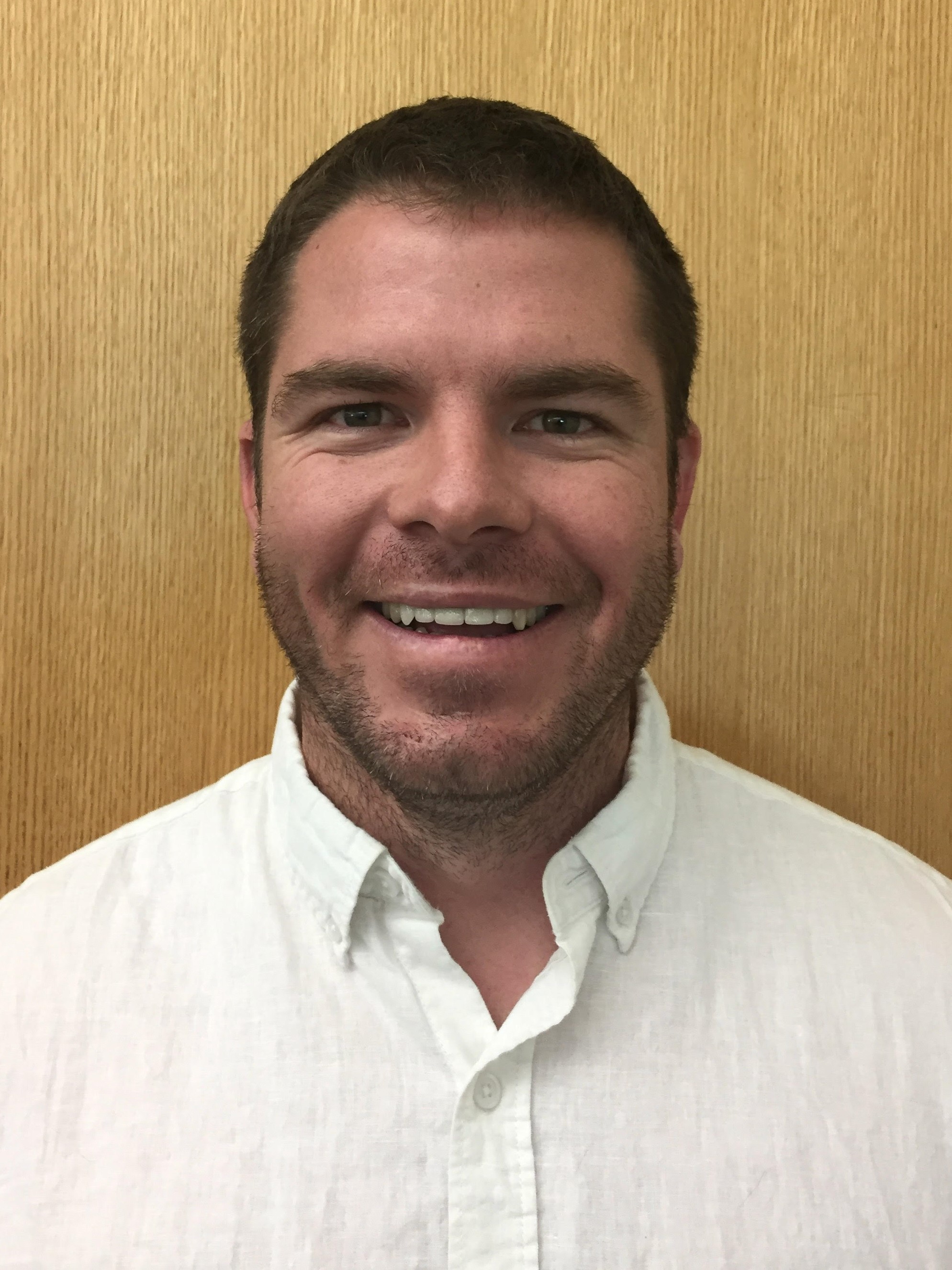PEHSU Journal Club Webinar
This in-depth and interactive series provides a platform for learning and discussion about issues that focus on current and emerging aspects of pediatric and reproductive environmental health.
Radon: A Review - April 18, 2018 - 1PM EDT
The presenter will begin by describing the study methodologies used in the journal articles to be discussed. This will be followed by a discussion of the results of the studies under consideration and implications for current clinical and public health practice. The presenter will conclude by discussing preventive steps that can be taken to decrease exposure in the journal articles.
Articles to be discussed:
- Erin C Peckham, M. E. S. H. E. D. J. L. P. H. L. P. J. L. (2015). Residential Radon Exposure and Incidence of Childhood Lymphoma in Texas, 1995–2011, 1–17. http://doi.org/10.3390/ijerph121012110
- Sheen, S., Lee, K. S., Chung, W. Y., Nam, S., & Kang, D. R. (2016). An updated review of case–control studies of lung cancer and indoor radon-Is indoor radon the risk factor for lung cancer? Annals of Occupational and Environmental Medicine, 1–9. http://doi.org/10.1186/s40557-016-0094-3
-
Ou, J. Y., Fowler, B., Ding, Q., Kirchhoff, A. C., Pappas, L., Boucher, K., et al. (2018). A statewide investigation of geographic lung cancer incidence patterns and radon exposure in a low-smoking population, 1–8.
http://doi.org/10.1186/s12885-018-4002-9
-
Del Risco Kollerud, R., Blaasaas, K. G., & Claussen, B. (2014). Risk of leukaemia or cancer in the central nervous system among children living in an area with high indoor radon concentrations: results from a cohort study in Norway. British Journal of Cancer, 111(7), 1413–1420.
http://doi.org/10.1038/bjc.2014.400
Learning Objectives
At the conclusion of this activity, attendees should be able to:
- Describe what radon is and where it can be found
- Describe some of the known and hypothesized health risks associated with radon exposure
- Know the EPA action level for radon
- Examine some literature investigating whether there is evidence that radon increases the risk of developing lung cancer, leukemia, lymphoma, and CNS malignancies
- Apply this information to discussing radon mitigation with patients and with the community
Presenters: Keith Baker, MD and Nick Brandehoff, MD

Keith Baker, MD
Medical Toxicology Fellow
Rocky Mountain Poison and Drug Center
Denver, CO
Region 8 PEHSU
Keith Baker, MD is a medical toxicology fellow at the Rocky Mountain Poison and Drug Center in Denver, Colorado. He attended University of Northern Colorado to receive his undergraduate degree in chemistry, and then attended the University of Colorado School of Medicine where he completed medical school. Dr. Baker completed his emergency medicine residency training at St. Luke’s University Health Network in Bethlehem, PA, and is now in his final year of medical toxicology fellowship.

Nick Brandehoff, MD
Medical Toxicology Fellow
Rocky Mountain Poison and Drug Center
Denver, CO
Region 8 PEHSU
Nicklaus Brandehoff, MD is a medical toxicology fellow at the Rocky Mountain Poison and Drug Center in Denver, Colorado. He attended Whittier College to receive his undergraduate degree in psychology, and then attended the University of California San Francisco where he completed medical school. Dr. Brandehoff completed his emergency medicine residency training at UCSF-Fresno in Fresno, CA, and is now in his final year of medical toxicology fellowship.
Webinar Recording and Materials
Continuing Education
To receive continuing education (CE):
- In order to receive continuing education (CE) for WC2611-041818 - (Webcast) PEHSU Journal Club Series - Radon: A Review - April 18, 2018, please visit TCEO and follow these 9 Simple Steps before March 12, 2018.
- Complete the activity and visit TCEO
- Complete the Evaluation at www.cdc.gov/TCEOnline
- Pass the posttest at 80% here (Posttest consists of a mix of five multiple choice and true/false questions.)
FEES: No fees are charged for CDC’s CE activities.
ACCREDITATION STATEMENTS:
CME activities with Joint Providers: This activity has been planned and implemented in accordance with the Essential Areas and policies of the Accreditation Council for Continuing Medical Education through the joint providership of the Centers for Disease Control and Prevention and the American College of Medical Toxicology. The Centers for Disease Control and Prevention is accredited by the (ACCME®) to provide medical education for physicians. Physicians should claim only the credit commensurate with the extent of their participation in the activity.
The Centers for Disease Control and Prevention designates this enduring material for a maximum of 1.0 AMA PRA Category 1 Credits™.
CNE: The Centers for Disease Control and Prevention is accredited as a provider of Continuing Nursing Education by the American Nurses Credentialing Center's Commission on Accreditation.
This activity provides 1.0 contact hours.
CEU: The Centers for Disease Control and Prevention is authorized by IACET to offer 0.1 CEU's for this program.
CECH: Sponsored by the Centers for Disease Control and Prevention, a designated provider of continuing education contact hours (CECH) in health education by the National Commission for Health Education Credentialing, Inc. This program is designated for Certified Health Education Specialists (CHES) and/or Master Certified Health Education Specialists (MCHES) to receive up to 1.0 total Category I continuing education contact hours. Maximum advanced level continuing education contact hours available are 0. CDC provider number 98614.
For Certified Public Health Professionals (CPH) 1.0
CDC is an approved provider of CPH Recertification Credits by the National Board of Public Health Examiners. Effective October 1, 2013, the National Board of Public Health Examiners (NBPHE) accepts continuing education units (CEU) for CPH recertification credits from CDC. Please select CEU as your choice for continuing education when registering for a course on TCEOnline. Learners seeking CPH should use the guidelines provided by the NBPHE for calculating recertification credits. For assistance please contact NBPHE at
http://www.NBPHE.org.
DISCLOSURE: In compliance with continuing education requirements, all presenters must disclose any financial or other associations with the manufacturers of commercial products, suppliers of commercial services, or commercial supporters as well as any use of unlabeled product(s) or product(s) under investigational use.
CDC, our planners, content experts, and their spouses/partners wish to disclose they have no financial interests or other relationships with the manufacturers of commercial products, suppliers of commercial services, or commercial supporters with the exception of Charles A. McKay Jr. MD and he wishes to disclose that he is a member of the Scientific Advisory Council, Environmental Health Research Foundation (EHRF). EHRF addresses issues related to biomonitoring, a topic that is also relevant to some of the activities in the Case Conference Series that might be discussed in future sessions. EHRF receives funding from sources that includes industry. Dr. McKay has reviewed and written material for EHRF that could create a perceived conflict of interest regarding environmental chemical exposure assessment/measurement.
Planning committee discussed conflict of interest with
Dr. Charles A. McKay Jr. MD to ensure there is no bias.
Content will not include any discussion of the unlabeled use of a product or a product under investigational use.
CDC does not accept commercial support.
Disclaimers
This material was supported by the American College of Medical Toxicology (ACMT) and funded (in part) by the cooperative agreement FAIN: U61TS000238-04 from the Agency for Toxic Substances and Disease Registry (ATSDR).
Acknowledgement: The U.S. Environmental Protection Agency (EPA) supports the PEHSU by providing partial funding to ATSDR under Inter-Agency Agreement number DW-75-95877701. Neither EPA nor ATSDR endorse the purchase of any commercial products or services mentioned in PEHSU publications
 Nick Brandehoff, MD
Nick Brandehoff, MD







